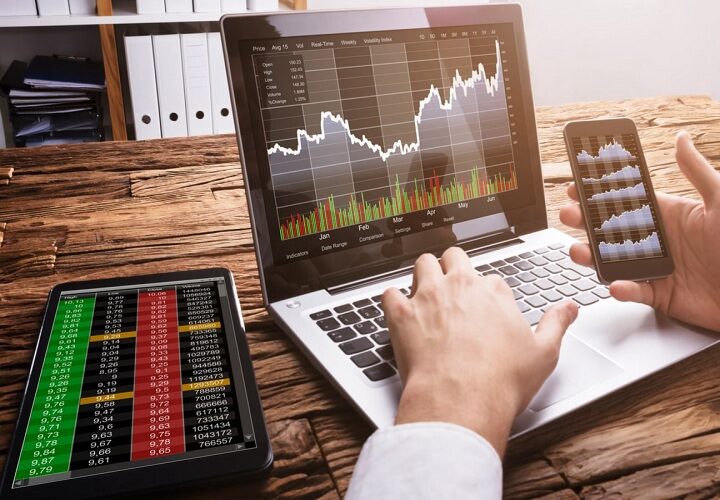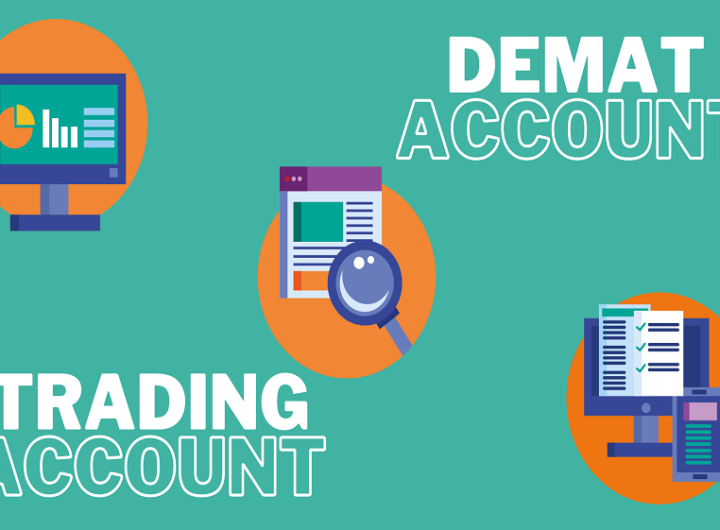
Exchange-traded funds (ETFs) are trendy in the investing world, offering a wide array of strategies for investors to tailor their portfolios to meet their individual goals. ETFs offer exposure to various asset classes, enabling investors to diversify and spread risk across multiple markets.
Trading ETFs can be attractive as they often feature lower fees than other investment products, such as mutual funds. As with any financial instrument, however, there are some considerations that traders should take into account when trading ETFs.
This article will explore some best practices to consider when trading ETFs.
Research & education
Before jumping into trading ETFs, it is essential that investors understand the basics of ETFs and how they function to make informed decisions. Investors should research the varying ETFs available, their specific features, and how each can be used in an investing strategy. It is also crucial for investors to understand the risks associated with trading ETFs, including market risk, liquidity risk, and other risks that may take time to be apparent.
Furthermore, education is critical when trading ETFs. Investors can use various resources to gain knowledge and understanding of ETFs, such as online courses, books, and articles. Additionally, market analysis tools and news sources can provide insight into current market conditions, which may be beneficial in developing an effective trading strategy , Buy and sell crypto currency so visit here swissmoney
Determining objectives & investment timing
Before beginning to look online for ETFs, investors must determine their overall objectives and develop a suitable strategy based on those goals. These objectives include long-term capital growth, income generation, or tax optimization. Once the investor has determined their desired outcomes, they can begin researching which investments are best suited to help them reach these targeted objectives.
When trading ETFs, paying attention to the market and ensuring that trades are made at reasonable times is essential. Timing can be affected by various factors, including news events, seasonality, economic data releases, and investor sentiment. Understanding the impact of correlations between different asset classes can also help investors time their entry into a particular ETF. By doing this, traders can increase their chances of success when investing in ETFs.
Diversification
ETFs offer a vast array of strategies for investors. As such, diversification is essential when trading ETFs to minimise risk while still maximising returns. Investors should consider how much they want to allocate towards each asset class, such as stocks, bonds, or commodities, and ensure that their portfolios are well diversified across these different investments.
Additionally, investors should consider the correlations between different ETFs to ensure their portfolio is adequately exposed to any particular sector or region. Finally, investors should also be mindful of the liquidity of their ETFs, as this can affect how easily they can enter or exit a position.
Risk management & cost minimization
Risk management is an essential practice for all investors, but especially for those trading ETFs. This involves understanding the risks associated with each investment, such as market and liquidity risks. It also includes developing a suitable strategy to manage those risks to reduce losses while allowing investors to pursue potential returns. Risk management tools such as stop-loss orders can be used with other trading strategies to effectively control risks when investing in ETFs.
A key factor to consider when trading ETFs is cost minimization. ETFs are typically cheaper than other investment products due to their passive management. Still, investors should pay attention to the fees associated with each ETF and ensure they aren’t paying too much for the desired exposure. Additionally, look for opportunities such as commission-free or discounted trades to help reduce costs even further.
Practice with a demo account
To familiarise yourself with trading ETFs, practising on a demo account is beneficial. A demo account will allow investors to get comfortable with the trading process and gain experience without risking any real money. It also allows investors to test different strategies and understand how ETFs can be used to achieve their desired outcomes.
Trading on a demo account is an excellent way to develop the skills needed to become successful with ETFs before investing natural capital. Traders must know the risks associated with this trading method and always practise good money management when using a demo account.
All in all
Trading ETFs can be a great way to access different markets and asset classes while benefiting from the lower costs associated with these investments. However, investors need to have an understanding of how ETFs work and take into account specific considerations before beginning trading. These include determining objectives, timing investments, diversifying portfolios, managing risk, and minimising costs. By following these practices, investors can ensure that they can maximise the benefits of ETFs while mitigating potential risks.

 A ComMarket prehensive Guide to the Indian Stock Apps
A ComMarket prehensive Guide to the Indian Stock Apps  Exploring Futures and Options Strategies for Profitable Trading
Exploring Futures and Options Strategies for Profitable Trading  Unleashing the Power: Exploring the Features of Top trading app in India
Unleashing the Power: Exploring the Features of Top trading app in India  Options trading platforms: A guide to technology and tools
Options trading platforms: A guide to technology and tools  Understanding technical analysis and chart patterns in the stock market
Understanding technical analysis and chart patterns in the stock market  Trading stocks short term.?
Trading stocks short term.?  Reasons To Choose Stall Fabricators In Germany
Reasons To Choose Stall Fabricators In Germany  Why a Bail Bonds Service Can Be a Lifesaver in Critical Situations
Why a Bail Bonds Service Can Be a Lifesaver in Critical Situations  What NYC Roofers Get When They Replace Voicemail with a Live Answering Service
What NYC Roofers Get When They Replace Voicemail with a Live Answering Service  How UAE Business Visas Support Women Entrepreneurs
How UAE Business Visas Support Women Entrepreneurs